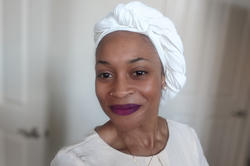A brief interview with one of RISD’s Schiller Family Assistant Professors in Race in Art and Design.
Five Questions: Fatema Maswood
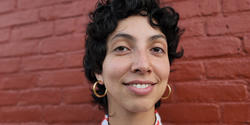
Last year RISD hired a second cohort of full-time faculty members focused on race, colonization, decolonization, post-coloniality, cultural representation and material practices of resistance as part of the “Race in Art & Design” initiative. The educators who joined the community as a result began teaching at RISD in the fall and have graciously agreed to share their unique pedagogical approaches in this series of Q&As. In this interview, we hear from Assistant Professor Fatema Maswood, who teaches in the Interior Architecture and Landscape Architecture departments.
Please tell us a little bit about yourself and your areas of academic focus.
I am trained as an architect and a landscape architect, and I have experience working as an ecological horticulturist, builder and design educator. I’ve taken a circuitous path to design and have sought out alternative forms of practice. I research specific sites as a way of unraveling larger questions and revealing patterns.
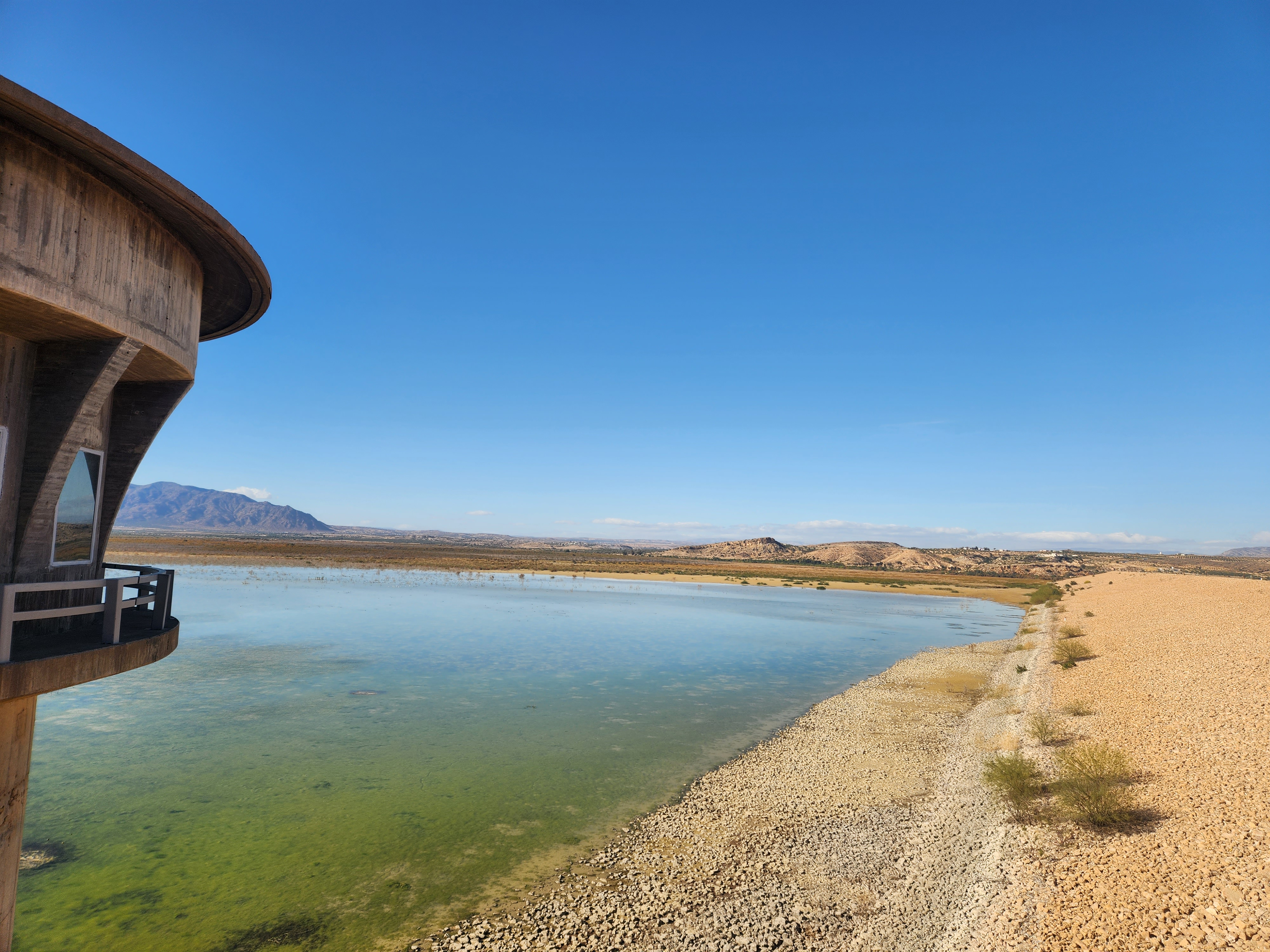
My main focus is on traditional hydraulic structures and water systems in Tunisia [North Africa], where my family is from. The city of Tunis has experienced severe flooding in recent years, specifically in parts of the city built by the French beginning in the 1880s.
That’s a great segue to my next question: What challenges and opportunities do you face teaching through the lens of decoloniality?
I try to bring the lens of decoloniality into all of my work. The built environment is deeply entangled with the appropriation of land from Indigenous peoples, the erasure of Indigenous knowledge and treating land as a commodity. Colonization is not a thing of the past. It affects the way we approach problem solving and design in the present and continues to shape how we respond to the climate catastrophe.
“The built environment is deeply entangled with the appropriation of land from Indigenous peoples, the erasure of Indigenous knowledge and treating land as a commodity.”
In Tunis, for example, they rely on dams for the majority of the water supply, which is a short-term solution at best. And here in Providence, as in so many cities, we continue to pave over marshlands and intertidal zones, creating conditions for flooding. We need to be searching for alternatives to our dominant infrastructure systems.
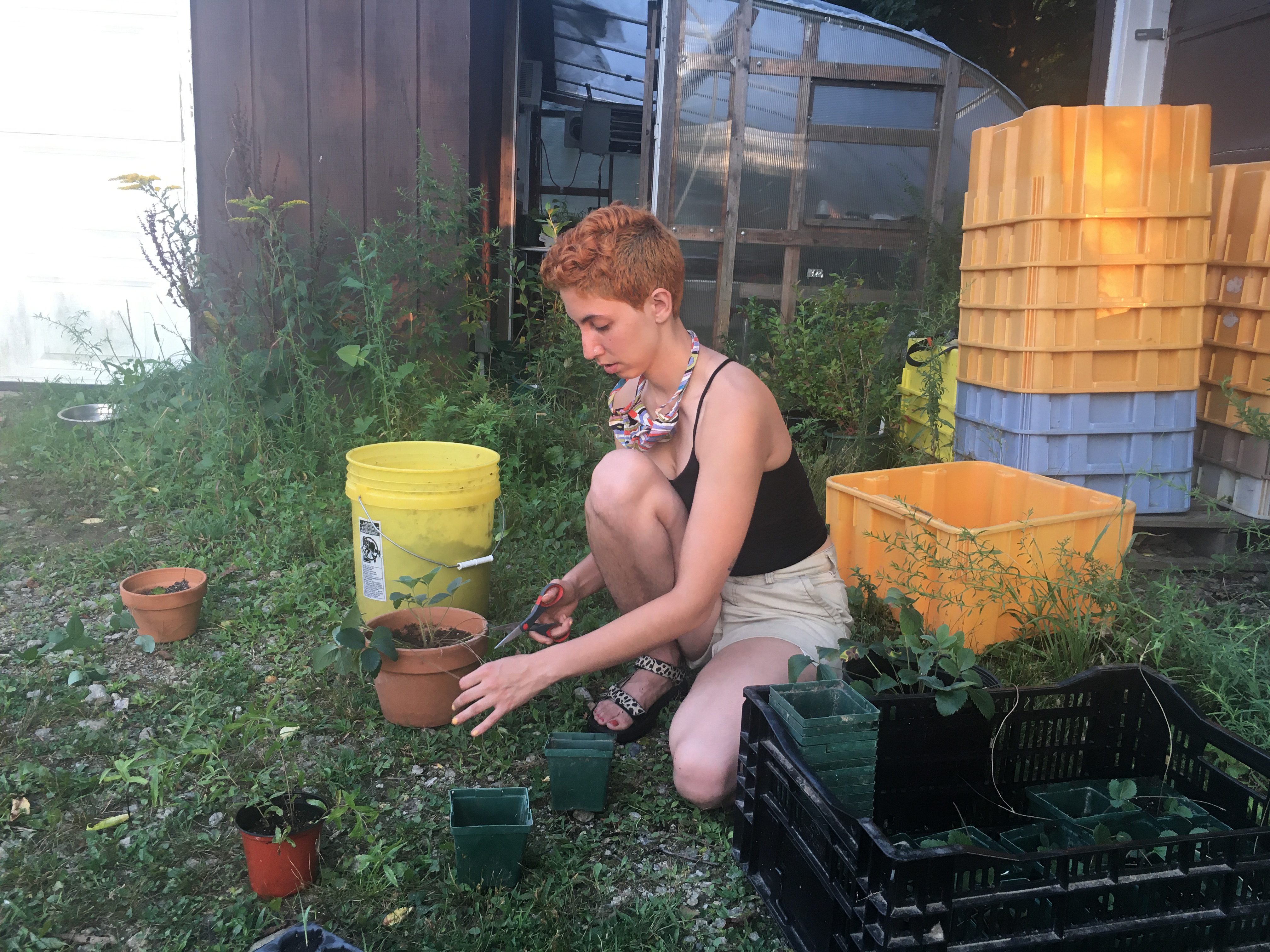
What attracted you to RISD?
I've been in Providence for a long time. I grew up a couple of hours away, and when my dad first came to the US, he lived in Pawtucket. What drew me to RISD was the opportunity to teach in an art and design environment. The kind of problem solving we’re doing begins with generating different kinds of questions.
“The kind of problem solving we’re doing [at RISD] begins with generating different kinds of questions.”
RISD students have been critical and curious about what different forms of practice might look like and tend to take a less solutionist approach. And they arrive with rich questions and open minds, which I find really inspiring.
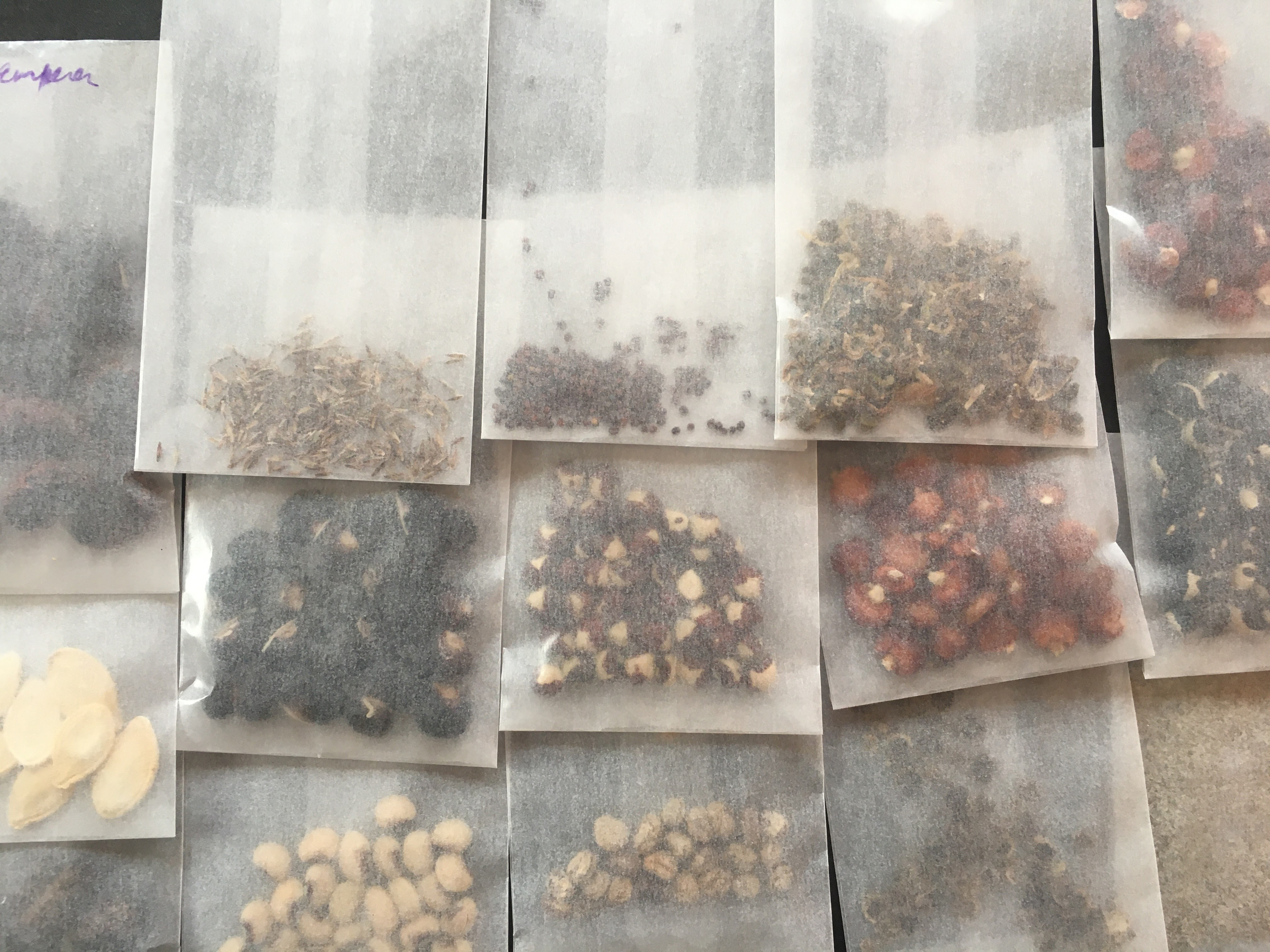
Can you tell me about your 2022–23 courses? How does your personal research/ creative practice play into your teaching?
I’m currently co-teaching a hydrological systems class with Johanna Barthmaier-Payne. I’m starting to knit that together with the work I’m doing in my personal practice. We’re bringing in the lens of political ecology but also teaching students to design a functioning stormwater system—combining a critical lens with technological know-how. We start with a basic question: Why do our water systems look the way they do?
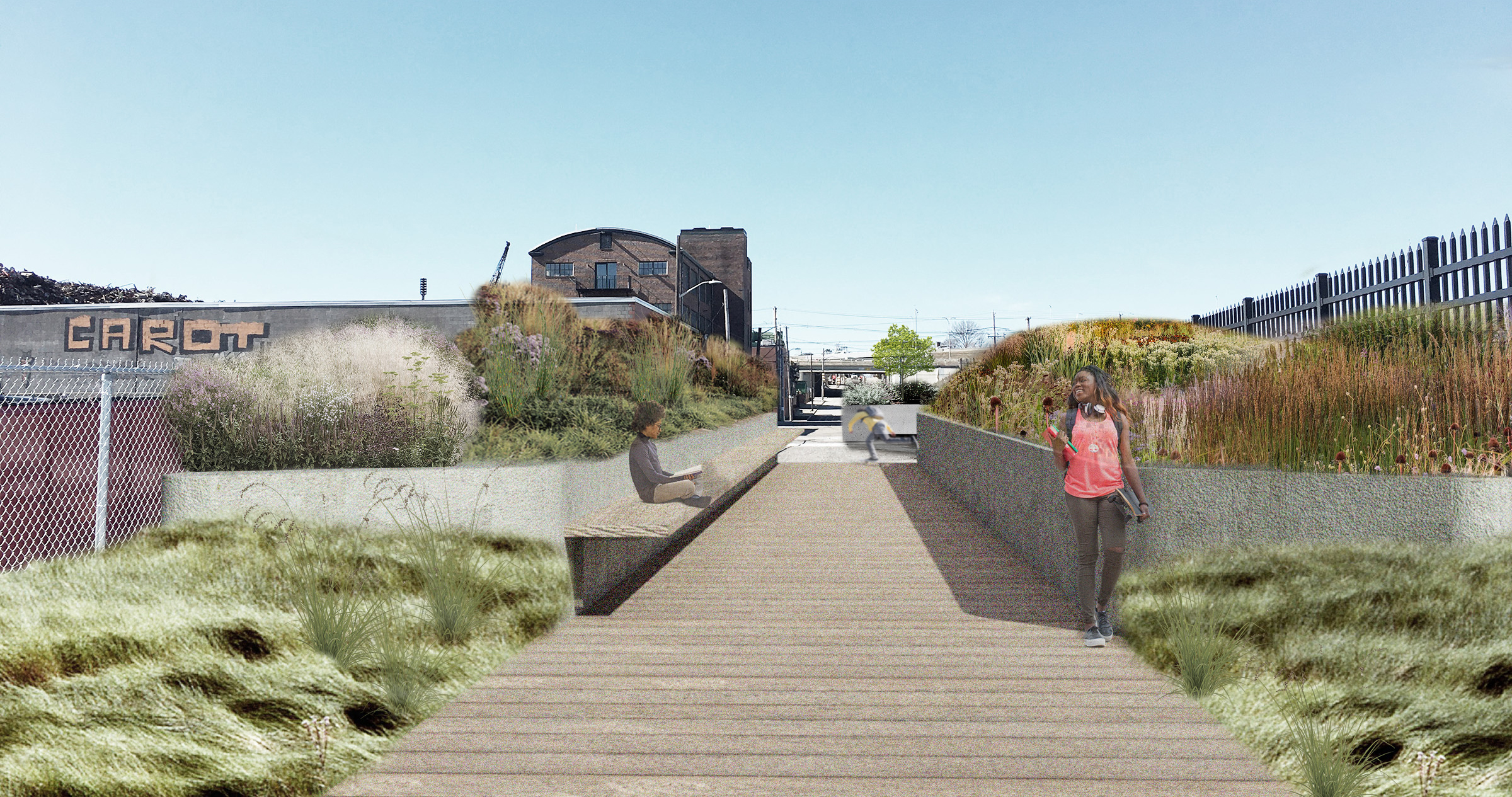
What’s the most important thing you hope students will learn in your classes?
We’re in a moment in which the culture of design is shifting. It has been very exploitative for a long time. Working with students, I’m reminded over and over again that orientation toward health and well-being is essential, as is dealing with political questions in nuanced ways.
The culture of working, particularly in the field of architecture, can be extremely toxic. As students, we do this powerful work thinking about how things can be different. Then we graduate and start working 12 hours a day on projects that seem to promote the opposite of what we envisioned. I don’t think we have time for that. I hope that students will leave RISD understanding that being part of a collective with responsibilities to the larger community supersedes the idea of being a brilliant, individual designer.
Anything else you would like to share?
One of the core aspects of my ethic as a designer comes from prison abolitionist Ruth Wilson Gilmore. She says that the practice of abolition is not only about absence but about the presence of life-affirming institutions. I think of that as an organizing principle in how I approach my work every day. For every project I consider taking on, I ask myself whether or not it is contributing to transformative change.
—interview by Simone Solondz
March 16, 2023

